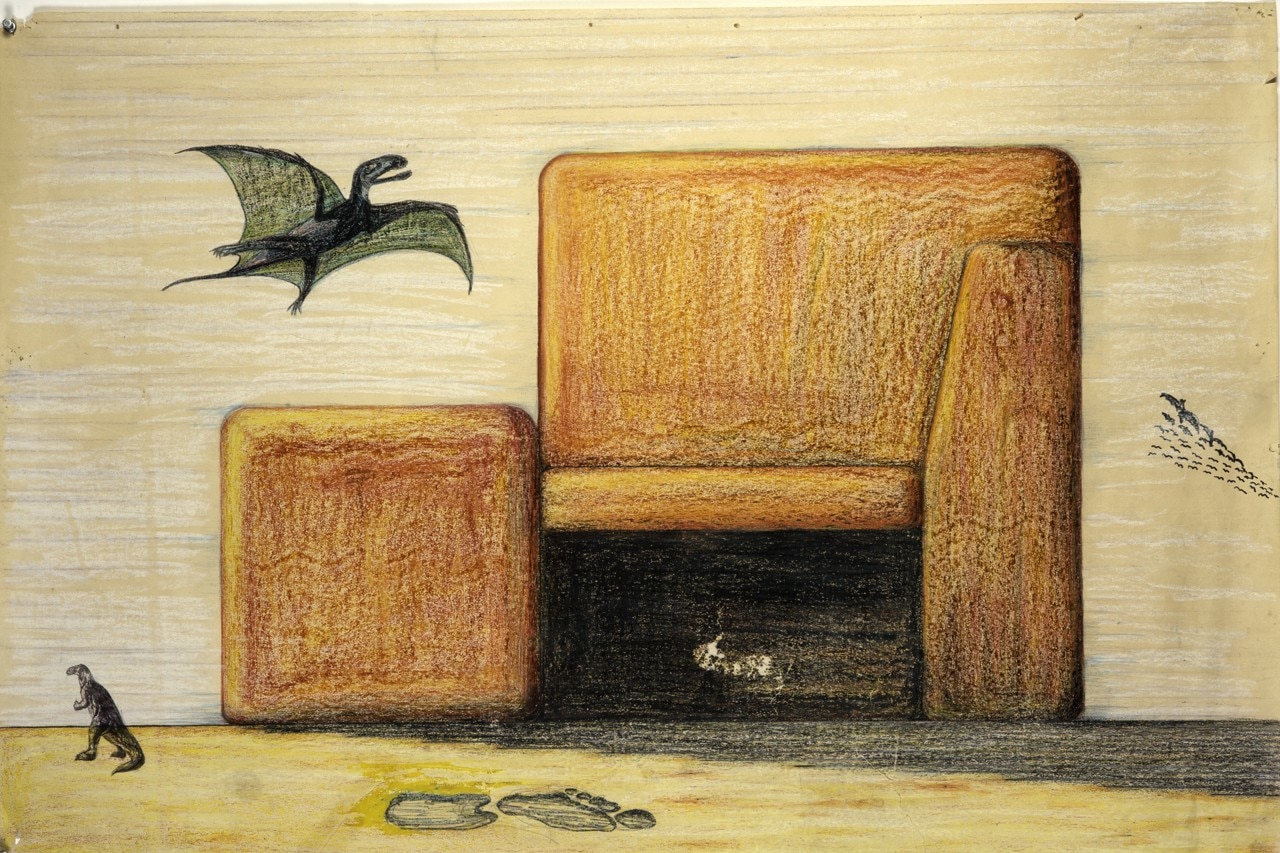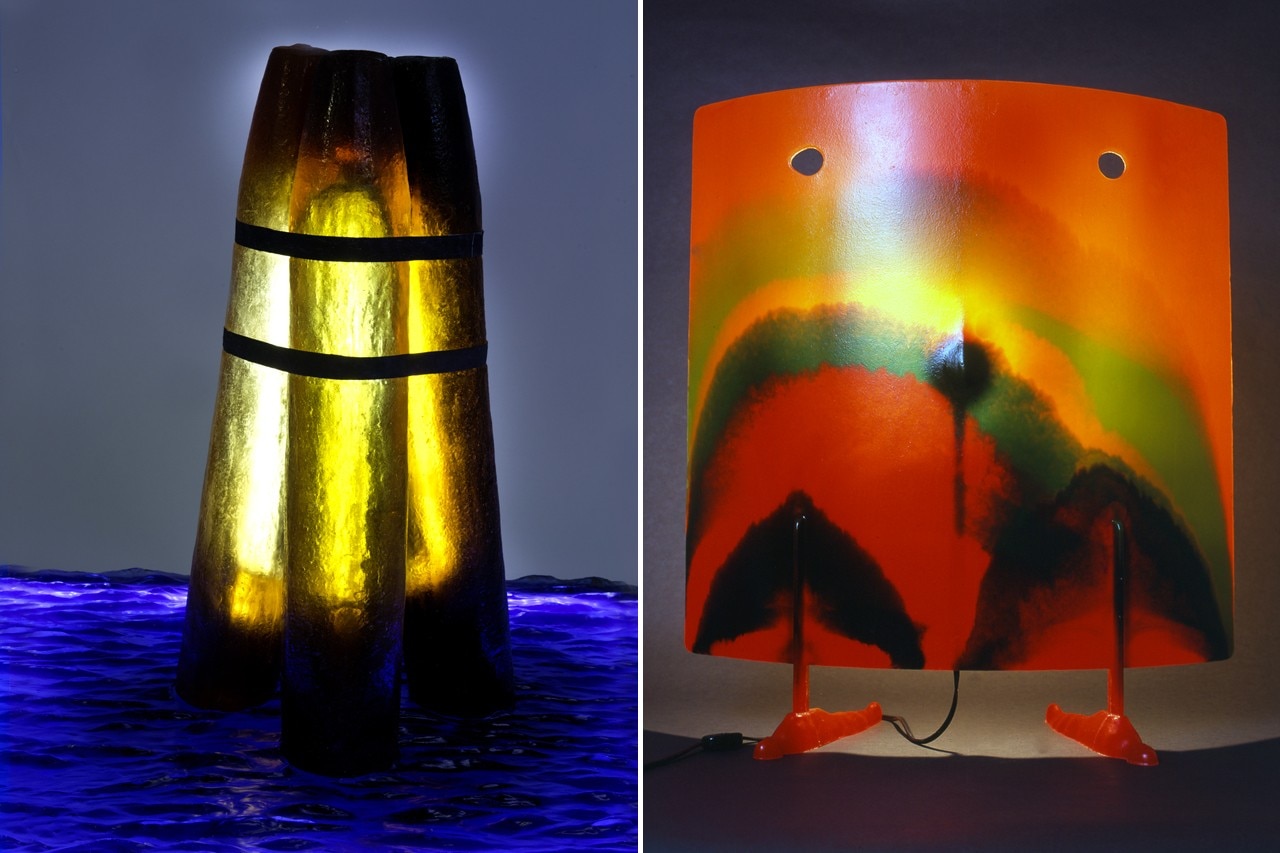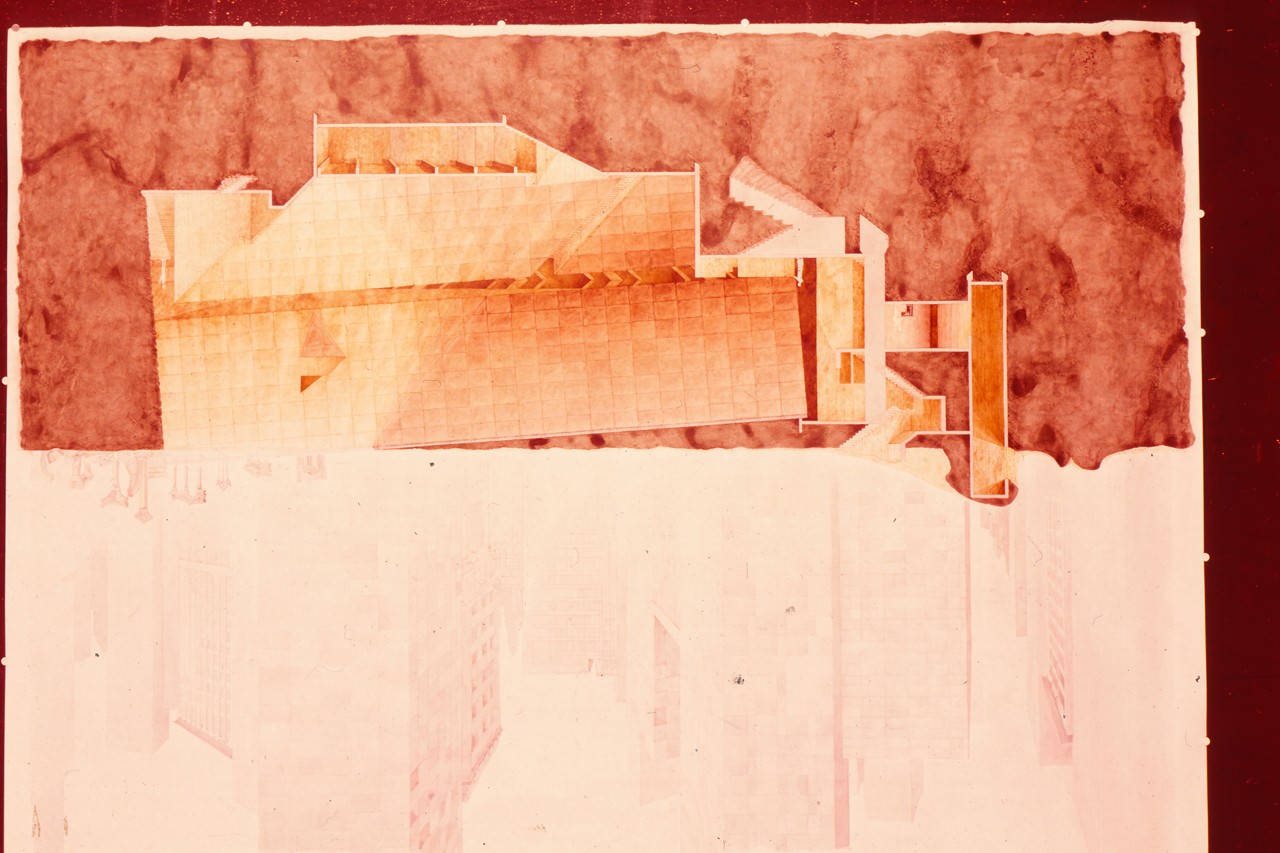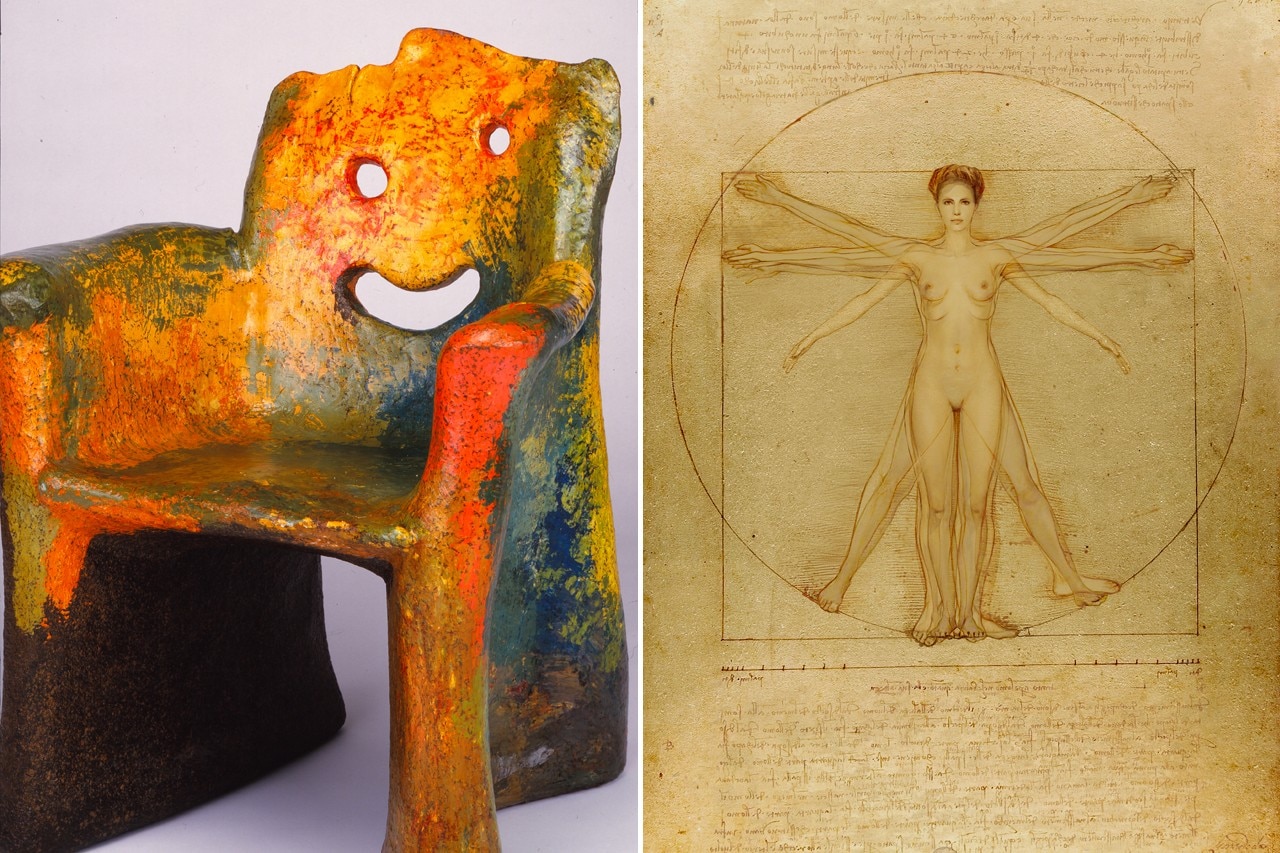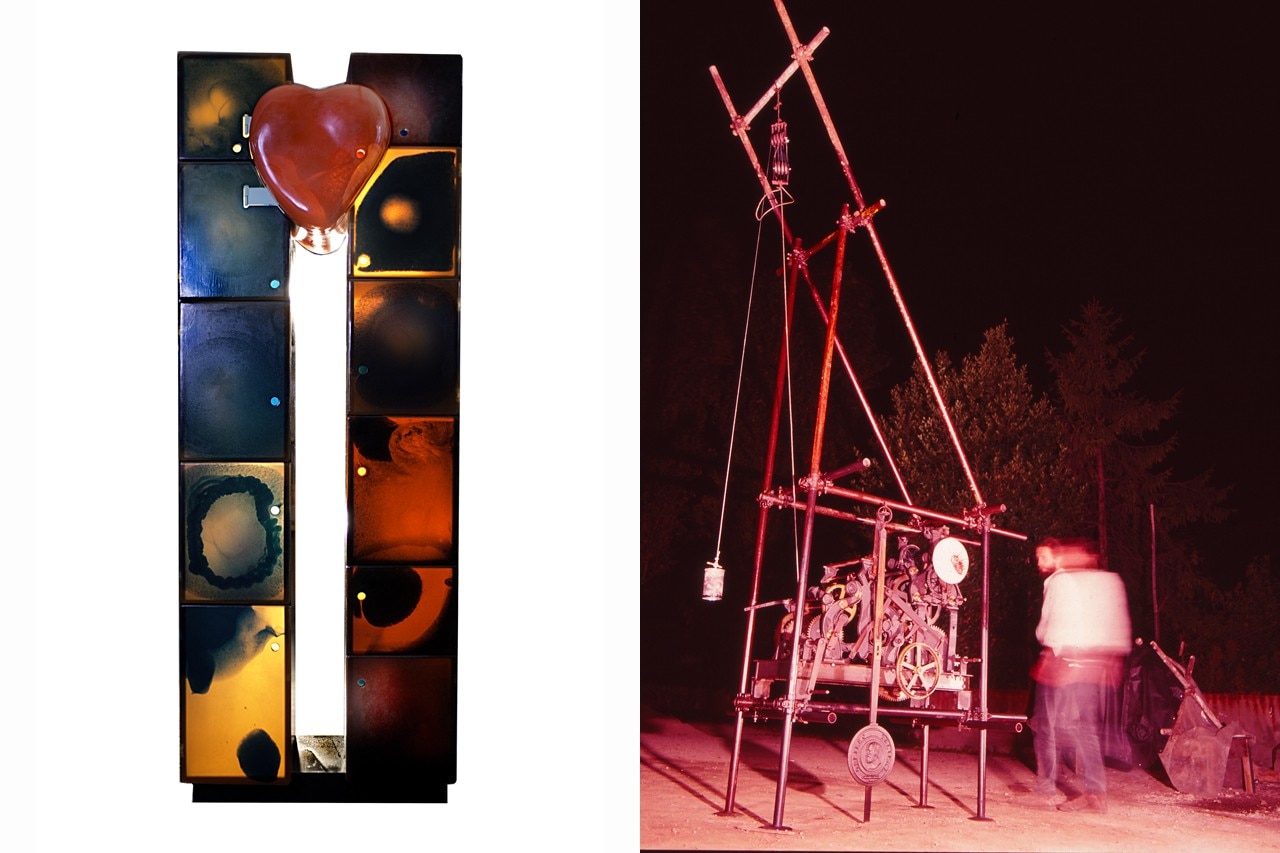
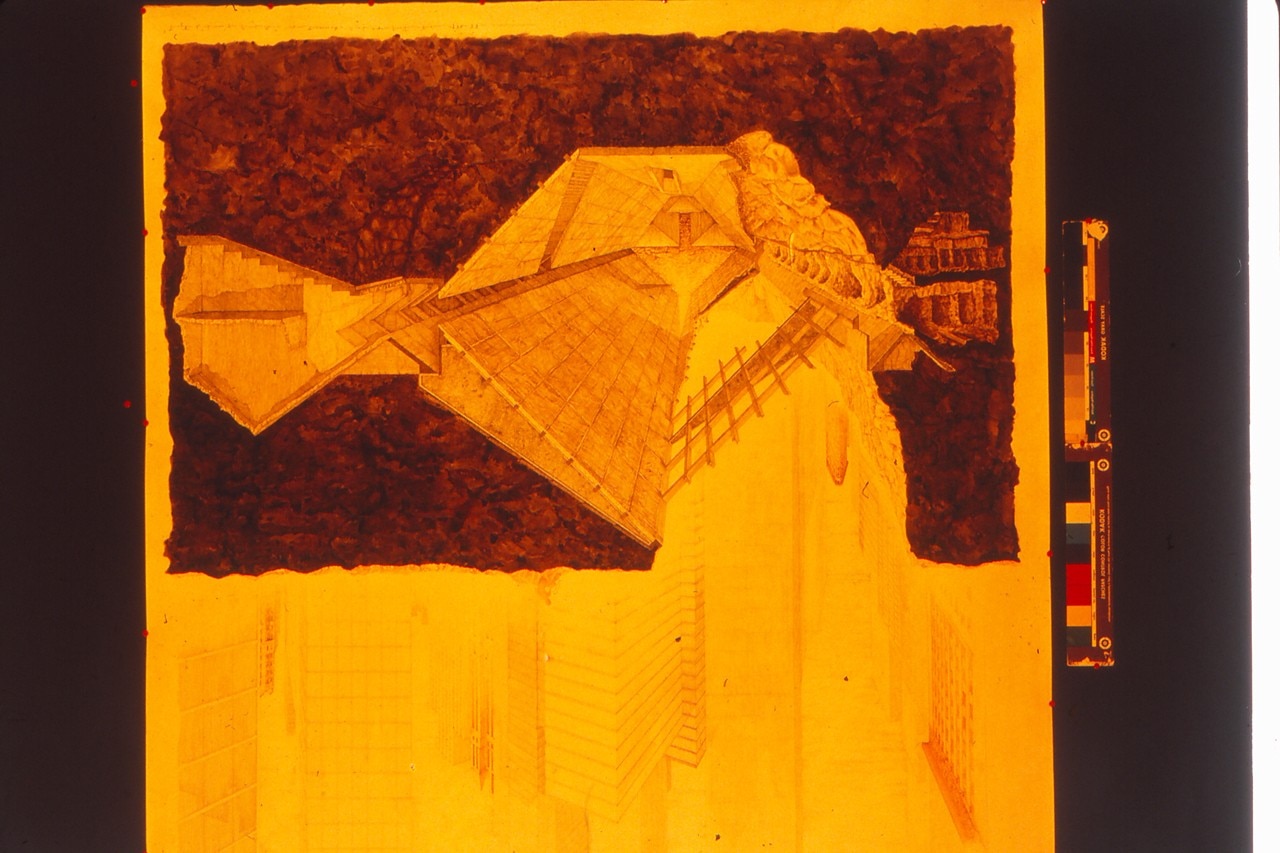
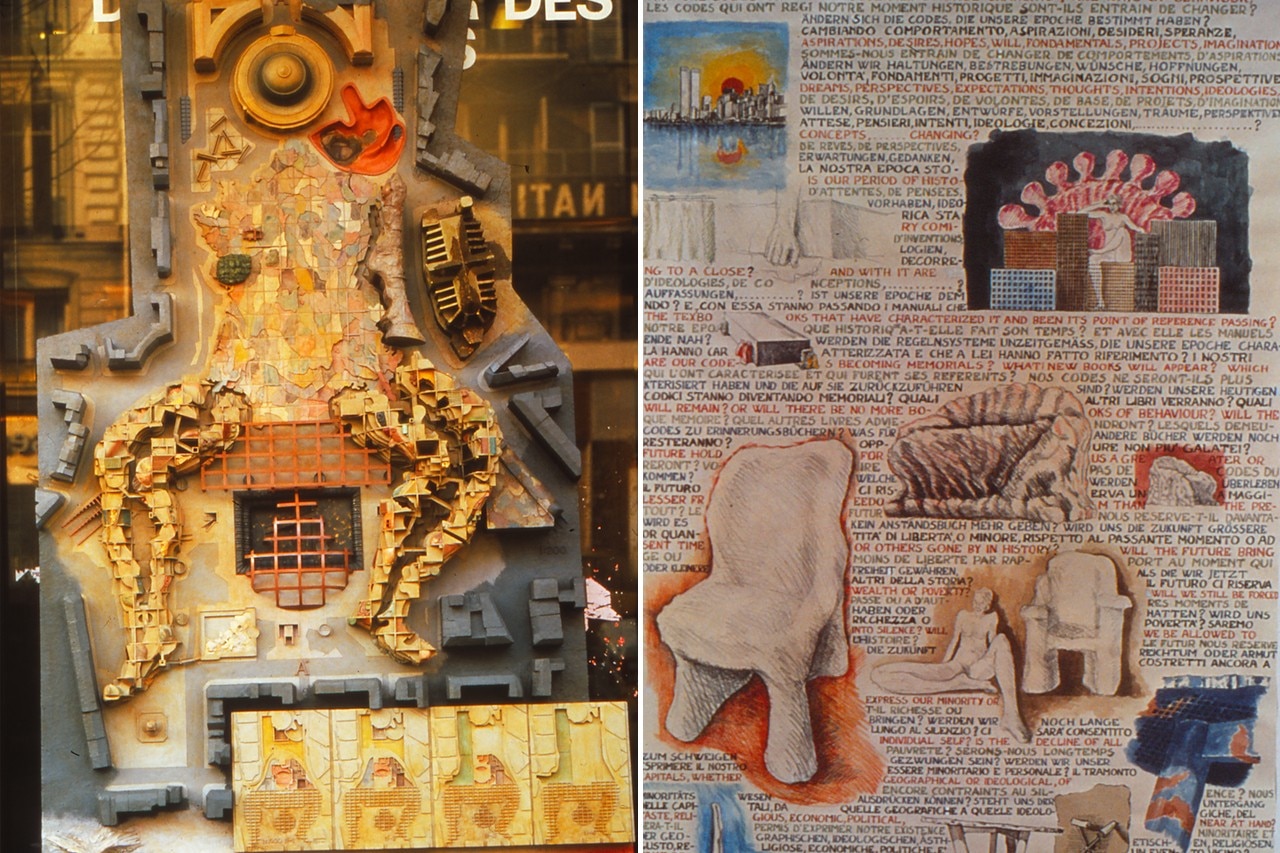
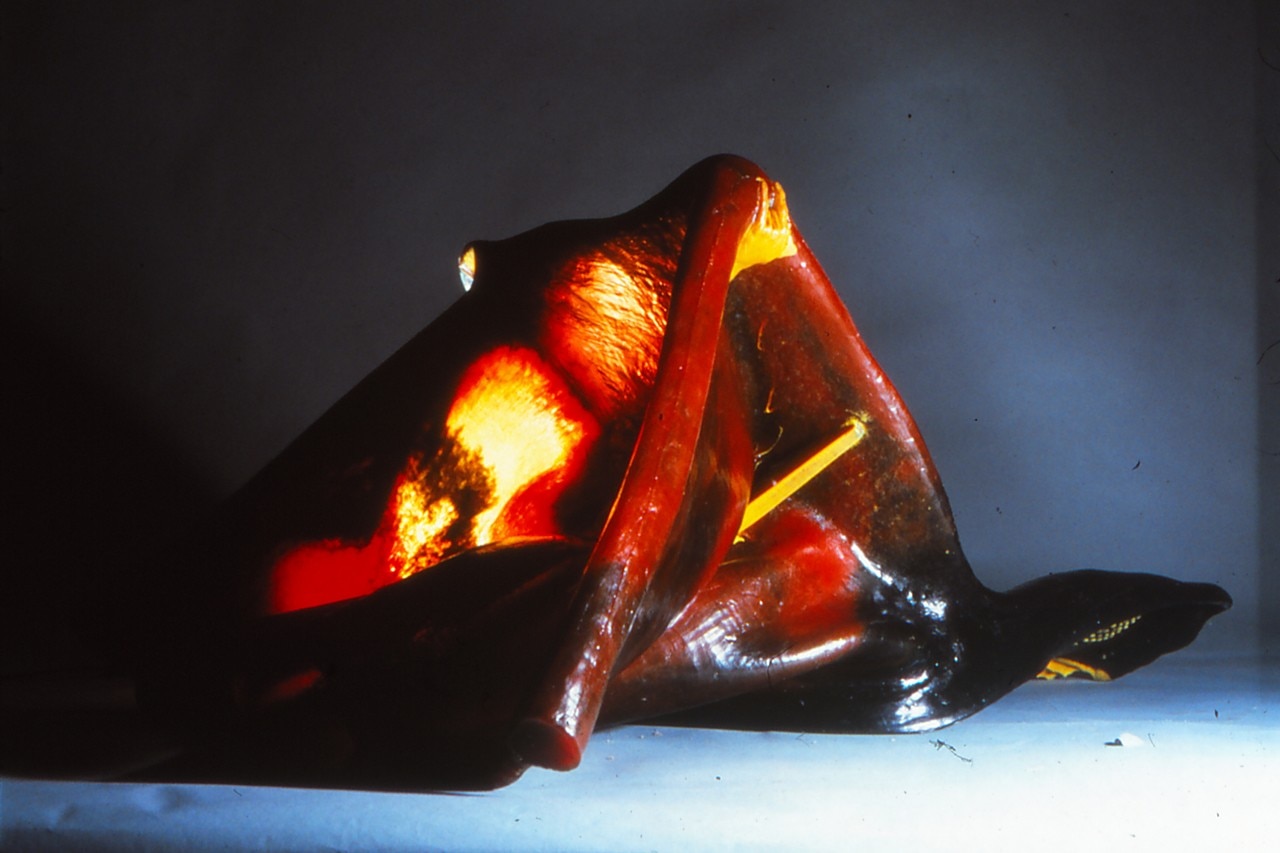
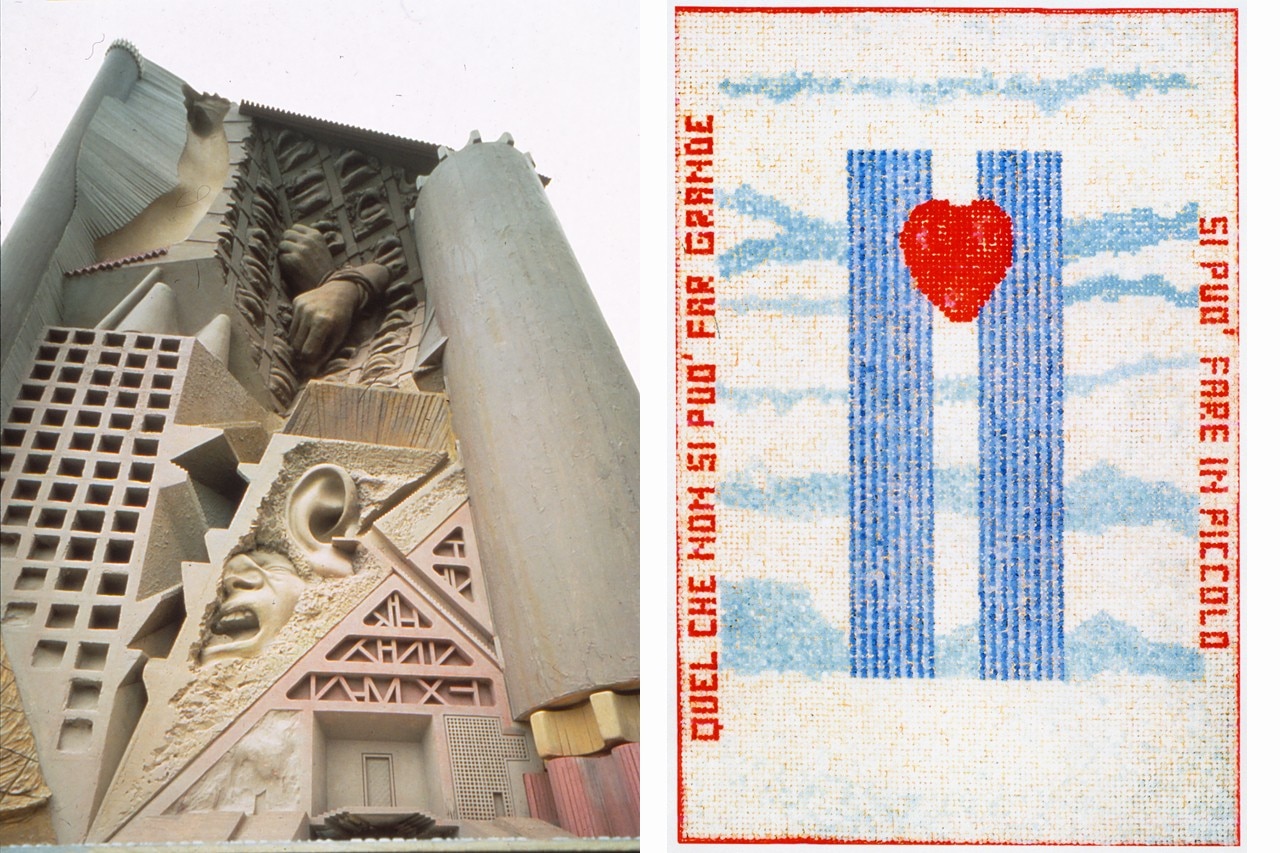
The armchair, considered a woman or mamma (perhaps we should stress that the two words do not have the same meaning), embodies themes dear to the designer’s heart such as the female condition around the world and the multidisciplinary nature of artistic work, which must always have a concrete tie to everyday life. Much has already been written about this piece. I would add that it was a revolutionary design when first conceived and distributed because it was one of the first effective experiments with polyurethane. The chair was delivered by what was then Piero Busnelli’s C&B ITALIA as a flat disc. When the packaging was opened, the polyurethane expanded like a sponge and, contained in its coloured jersey cover, adopted the intended chair form.
“Pesce has brought together the demand for diversity witnessed in our times and the subject of social usefulness, which he extends to the methodological investigation of new production tools”, adds Gianni Mercurio. “This explains why his research has developed via the sounding out the needs of the individual, new construction types and the logics of cultural, ethical, economic and political change before producing theories that have had and continue to have surprising substantiation.”
–
© all rights reserved
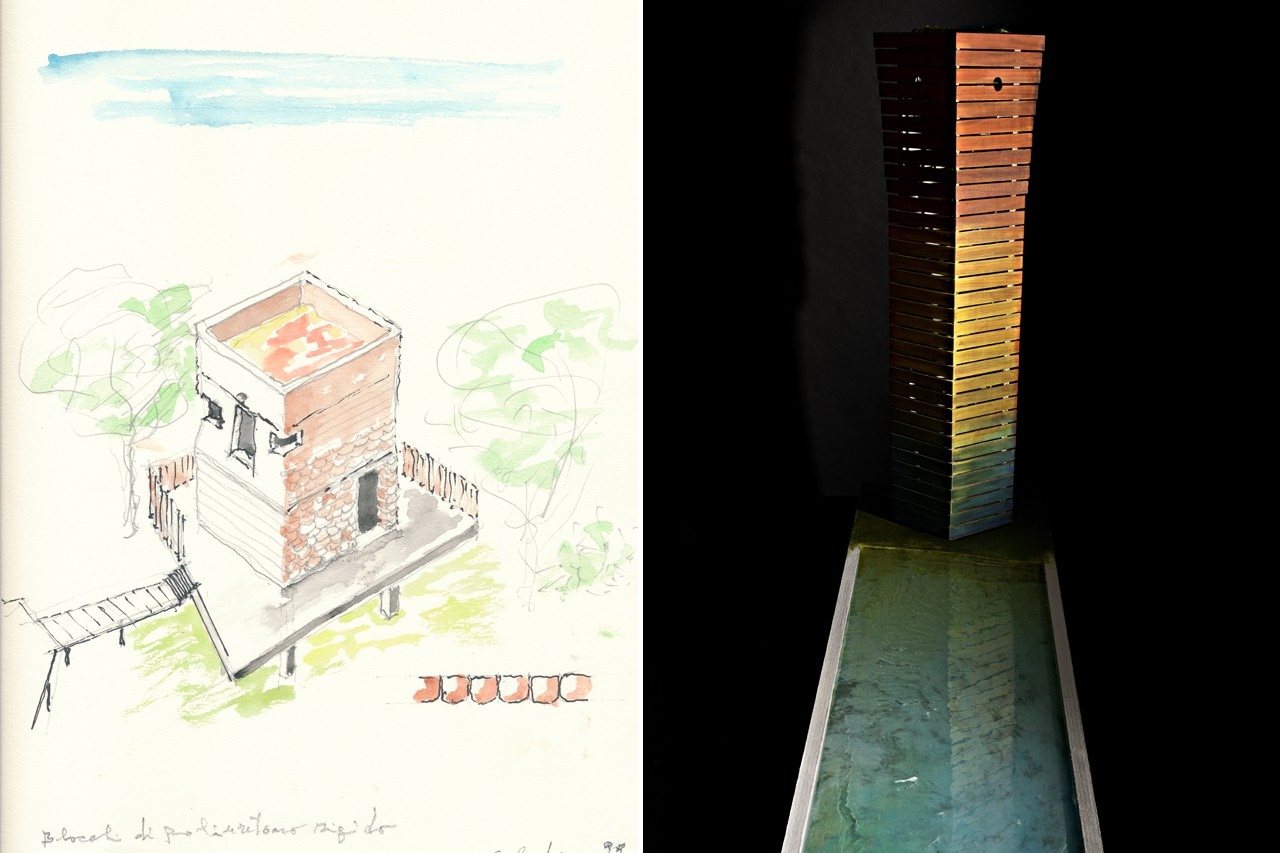
until 5 October 2014
Gaetano Pesce
The time of diversity
curated by Gianni Mercurio and Domitilla Dardi
MAXXI Museo nazionale delle arti del XXI secolo
via Guido Reni 4A, Rome


